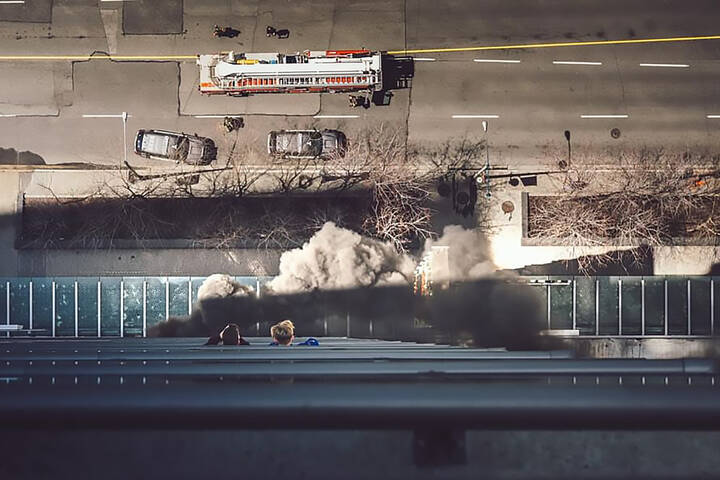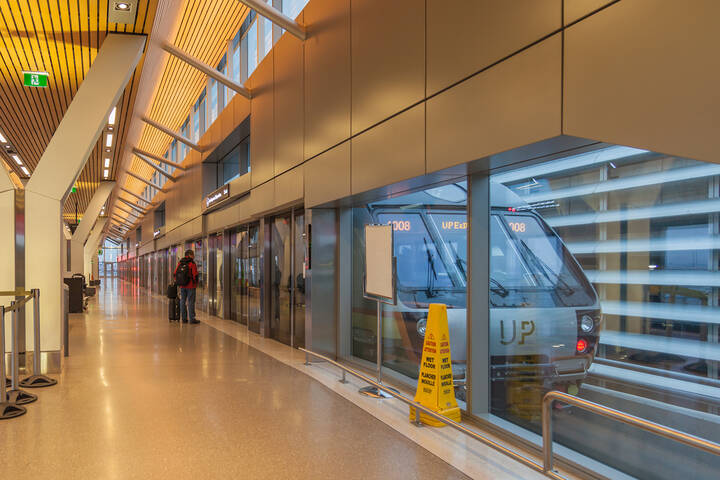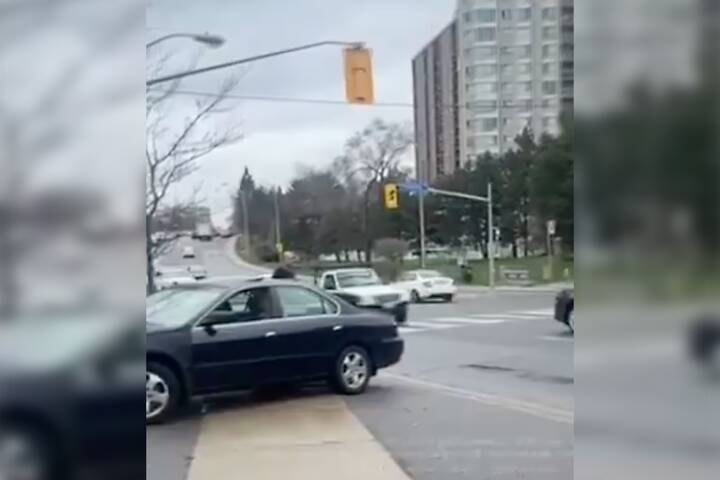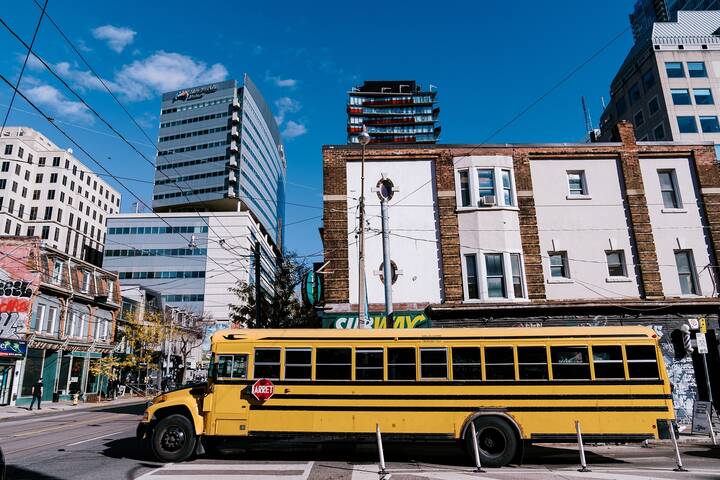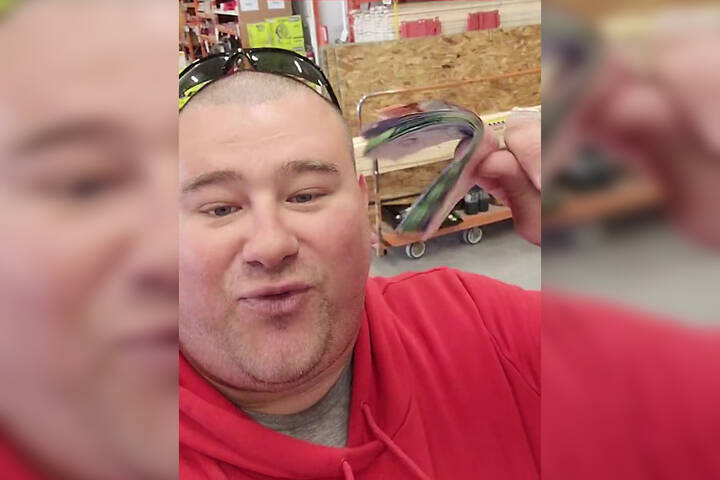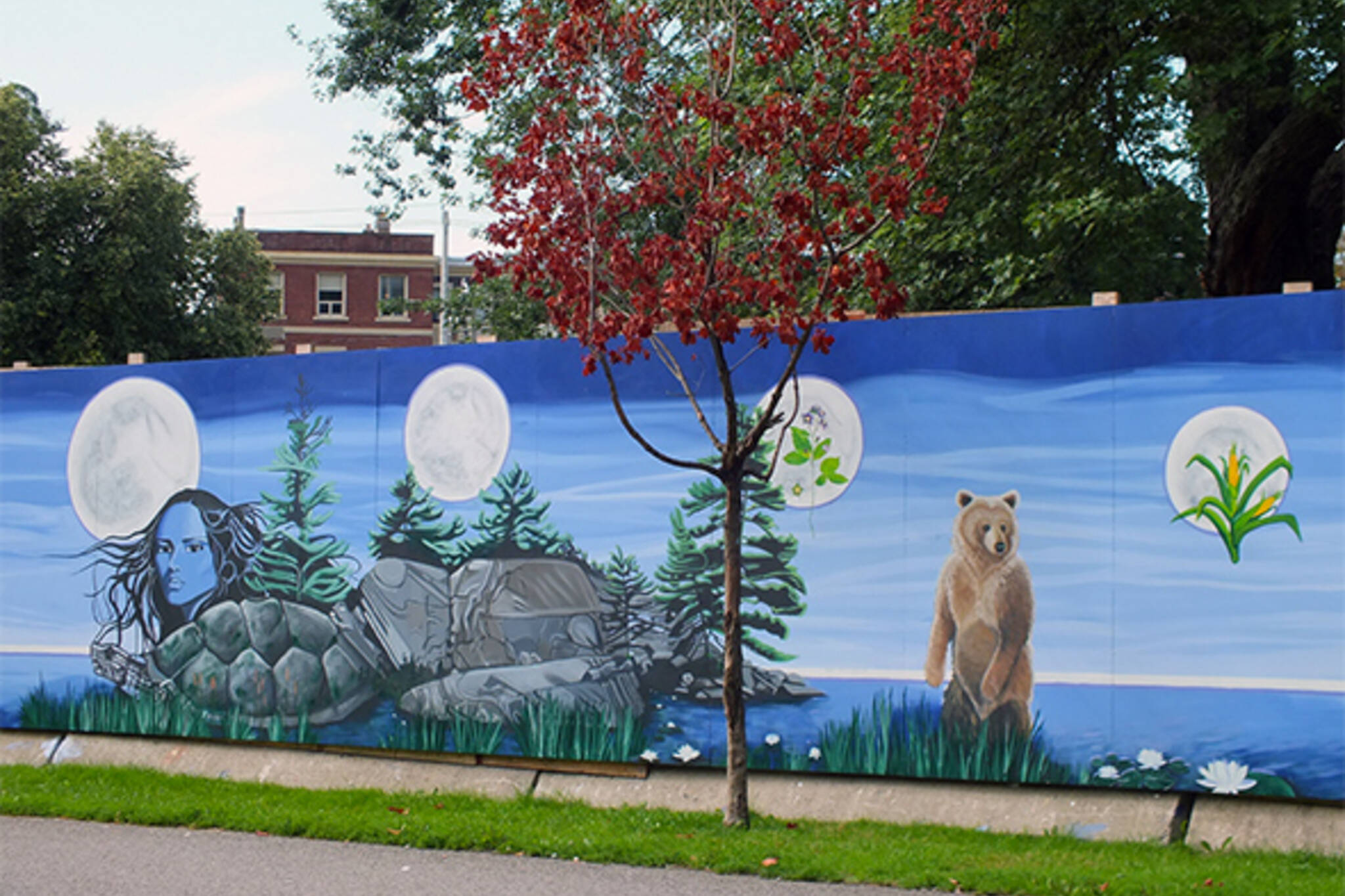
A guide to Indigenous Toronto
Toronto has a long Indigenous history that we aren't always aware of. The name Toronto is derived from a Mohawk word "tkaronto," which means "where there are trees standing in the water." The marker was originally ascribed to The Narrows, between Lake Simcoe and Lake Couchiching, but later became associated with Toronto because it was there that the passage between Lakes Ontario and Simcoe existed.
When Europeans began settling the area we now call home, the Indigenous people on the land were the Mississaugas, who settled on the Credit River. There had been earlier settlement in southern Ontario by Wendat people and other Iroquoians - archaeological sites dot the city. The land was purchased from the Missisaugas by the British Crown in a deal later known as the Toronto Purchase.
Like many others land purchases, it was a shoddy deal for the Indigenous peoples who believed the agreement was for the lease of the land, and not the outright purchase. A land claim in 2010 sided with the Mississauga, and paid them $145 million. Today the Mississaugas of New Credit live next to the Six Nations of Grand River near Brantford, and are recognized as the host First Nation for the Pan Am games later this year.
It isn't clear how many Indigenous people call Toronto home today. While the City puts the number around 19,000, Aboriginal Affairs and Northern Development Canada put the number closer to 37,000. Some Indigenous groups in the city put the number even higher. In the past, it sometimes seemed that Indigenous people had very low visibility in this city, but this is no longer the case. Toronto has many places where one can learn about Indigenous history and culture.
First stop should be the Native Canadian Centre of Toronto on Spadina. The NCCT has a long history of providing a place for Indigenous people in the city, but also for non-Indigenous to come and learn more about Indigenous culture. Through the Toronto Native Community History Program they offer a fantastic bus tour of the city that visits historical landmarks illustrating the Indigenous presence in Toronto.
The top photo features an astonishing large mural in Allan Gardens called All My Relations which the bus tour stops and and participants are invited to walk around it an learn more the mural that celebrates Indigenous life.
And visiting The Cedar Basket gift shop is necessary, although if you don't make it in, you can order moccasins, corn husk dolls and even sweet grass online.
Anyone interested in the history of Toronto should download the First Story app, created by the NCCT and the Centre for Community Mapping. The goal of the app is to build both pride and awareness of in the long Indigenous presence in the city, as well as the contributions of Indigenous peoples to the development of Toronto. It provides intriguing and useful information about particular sites around the city that are either important historically or that play a crucial role in Indigenous culture today.
Another great place that focuses on teaching Indigenous cultural awareness is Dodem Kanonhsa, located near Yonge and St. Clair, which hosts elders for open teachings, as well as events like weekly drum circles and workshops on various topics on Indigenous culture.
First Nations House at the University of Toronto generally services Indigenous students of the school, they often host events open to the public, like the upcoming Indigenous Education Week, which runs the first week of February and offers multiple talks on Indigenous culture, history, and education.
And while it won't be on until the fall, the ImagineNative film festival is an important event that showcases, promotes, and celebrates emerging and established Canadian and international Indigenous filmmakers and media artists.
While we still have no museum focused explicitly on the history of Toronto, some of our other major museums and galleries hold fantastic collections of Indigenous art and artifacts. My favourite is the First Peoples Gallery at the ROM, which includes over 1000 artifacts, including works of art by Indigenous men and women from the past up to the present, amazing preserved artifacts from across the country, and pieces of art by non-Indigenous people like Paul Kane depicting what Indigenous peoples and their homes looked like centuries ago.
The nearby Bata Shoe Museum also has a huge collection of Indigenous footwear in it's collection, and you can see 90 of the best pairs of shoes in their semi-permanent exhibit called Beauty, Identity, Pride: Native North American Footwear.
The AGO also has a fair-sized collection of Indigenous art in its Canadian holdings, and while their recent Anishnaabe art exhibit just closed in the fall, there are many important and impressive works on display today, including my favourite, the recently commissioned masterpiece by Christi Belcourt, title The Wisdom of the Universe.
There are also plenty of important objects in the Tom Thomson Collection of Canadian Paintings and First Nations Objects. As the AGO is actively expanding their collection to include more Indigenous art, we can expect to see more great things there in the years to come.
And for a taste of art from the far north, visit the Museum of Inuit Art on Lakeshore.
If you want to sample some local Indigenous food offerings, you have a few options, although with the closure of Keriwa Cafe, not as many as one might hope. Your best bet is Tea n Bannock on Gerrard, where you can enjoy some three sisters soup, Indian tacos, and traditional frybread.
Given the shortage of bricks and mortar restaurants featuring Indigenous foods in Toronto, it's worth nothing that Nish Dish Marketeria and Catering, one of the first Indigenous owned and operated catering companies in the city, is an excellent option if you're looking to cater an event. Johl Ringuette's menu features dishes based on local fruits and vegetables, including dandelion greens salad and pumpkin soup, and lots of game dishes like venison stew, roasted pheasant and buffalo Indian chilli.
Torontonians interested in learning more about the history and culture of the Indigenous peoples of this region are lucky to have so many options in the city, and we would all do well to take advantage of them.
Alison Norman is a historian who lives in Toronto. She teaches in Canadian and Indigenous Studies at Trent University.
Photo by James Hay on Flickr
Latest Videos
Latest Videos
Join the conversation Load comments
